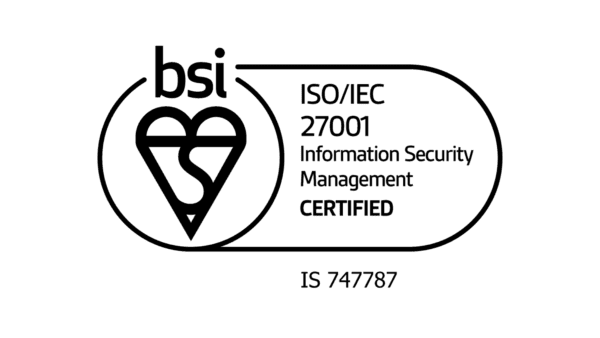When two worlds collide
Over the last 10 years digital signage has evolved from a medium considered a fad by many, to being the future of Out of Home (OOH) advertising.
During the same period the debate as to whether Digital Out of Home (DOOH) is TV-light or Poster-plus has continued. Initially, In-store TV networks led to TV style advertising on landscape screens being seen as the future only for the industry to realise that no one was watching modified TV ads on plasma screens located high in the aisles of supermarkets. Not surprising when supermarkets spend considerable funds on placing products and merchandise within our sight-lines to ensure we don’t look to the skies as we walk around the store. Add the distraction of children, trolleys and other audio and visual stimuli and TV-plus was doomed, with the exception being in areas of extended dwell time where the audience is sat in a receptive state looking to be entertained.
After the early lessons gained from TV-light, the industry moved towards portrait screens replacing printed posters and light boxes and the creative content moved from 30 second plus TV ads to 8 to 10 second animated posters, creating a Poster-plus format.
Early adopters of the new Poster-plus format included Harrods with 250 portrait screens throughout their flagship store in Knightsbridge, London. When CBS Outdoor rolled out large format digital posters across the London Underground the Poster-plus format became mainstream and the vast majority of public facing revenue generating digital signage networks have followed suit.
So what next?
In parallel to the DOOH industry establishing standards for media formats, measurement and compliance, technology has evolved and digital signage platforms have become an extension to the Internet evolving from proprietary closed network solutions into live, interactive environments.
By embracing the Internet, DOOH gains access to a massive wealth of knowledge and experience on how to scale, measure and consolidate media opportunities to make them available to mass market advertising and not just the specialist buyers within the OHH industry.
Swap a page impression of a banner advertisement on a website for the playback of an advert on a screen and a DOOH network becomes an extension to the sizable marketing spend of the Internet advertising world and not just the current modest spend of the OHH sector (in comparison).
In addition, Internet connected digital signage is not restricted to dedicated screens. Desktop screensavers and corporate TV networks can be added to dedicated screens to create a powerful targeted advertising mix.
Over the last 10 years involved in the digital signage sector, the term critical mass has always been seen as the key to attracting larger levels of ad spend to DOOH. I predict that the inevitable collision of the Internet and DOOH worlds will revolutionise our sector and bring the scale and credibility required for DOOH to grow and obtain a significantly larger share of media spend then is currently afforded to the sector.
Not sure? Look at how web advertising now supports rich media content all of which can be displayed on an Internet connected digital signage network.
Still not sure? Take a look at Google TV ads and apply the same platform to serving up adverts on an Internet connected DOOH network.
Food for thought and given the activity behind the scenes to make it happen by ourselves and others, we are not too far from DOOH and the Internet Advertising worlds colliding as predicted.
Jason Cremins




Leave a Reply
Want to join the discussion?Feel free to contribute!